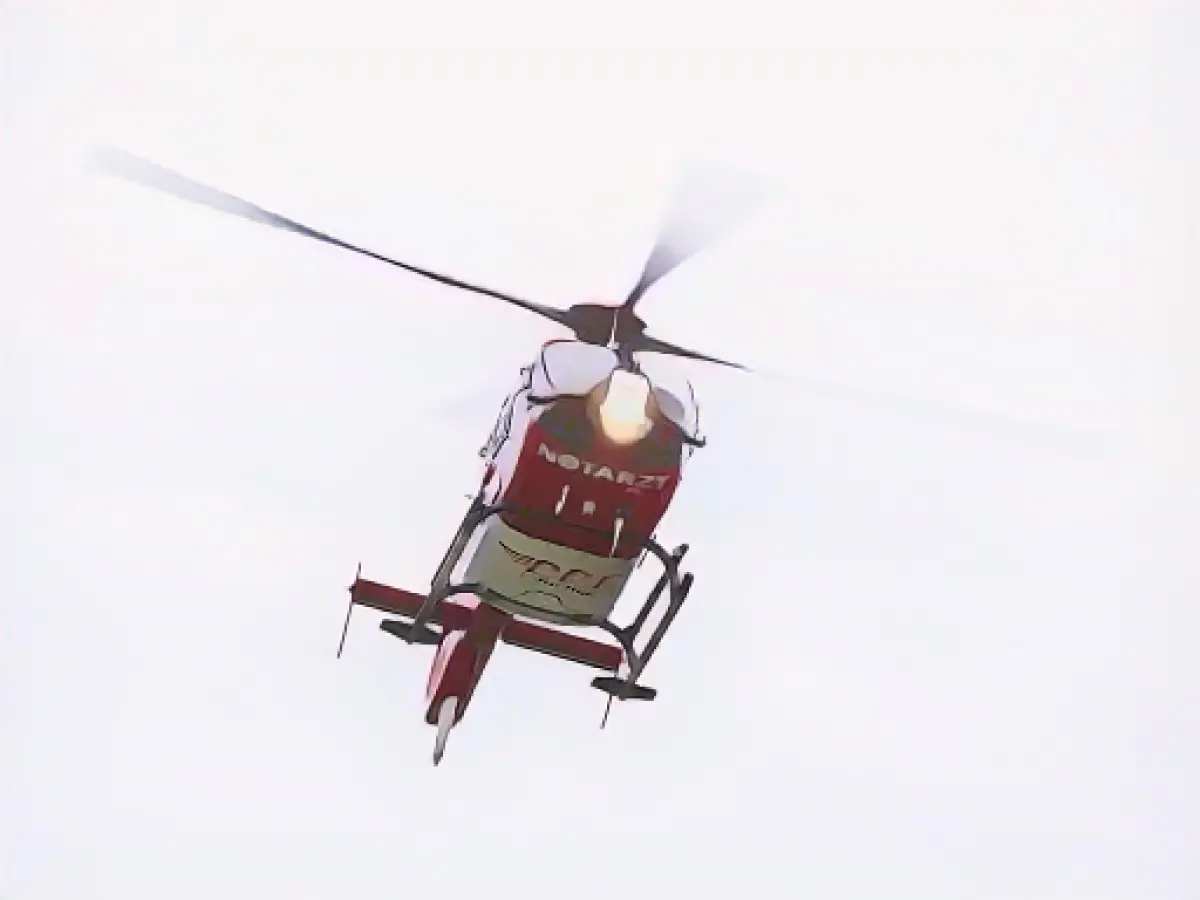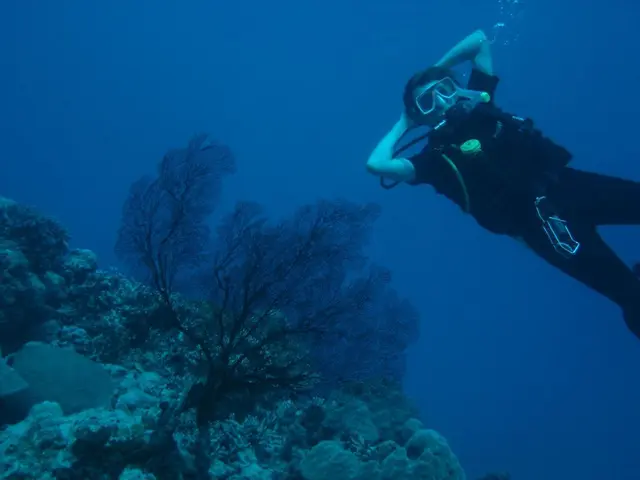Small Plane Crash in Austrian Alps: Challenges for Rescue Team
The Austrian mountains recently witnessed a small plane crash in the Kasberg area of Upper Austria. Emergency services began their mission on a snowy Saturday, but the search proved cumbersome due to the harsh weather conditions. As of yet, only fragments of debris have been discovered, with the main crash site remaining unidentified. The fatalities and potential survivors are still unknown.
Mountainous crashes are notorious for complicating rescue missions, as this unfortunate incident demonstrates. Weather, terrain, communication, and time constraints can significantly hamper rescue efforts in these situations.
Venturing into the wilderness to locate survivors involves overcoming numerous obstacles. The crash site may be nestled in a remote, inaccessible location, requiring specialist equipment and potentially multiple search teams.
Mountainous weather can prove severely challenging for both the rescue personnel and aircraft deploying them. Extreme cold, low visibility, and high winds make the task of locating victims or crashed planes significantly more difficult. This calls for extra precautions, such as satellite communication devices and weather-resistant equipment.
The rugged terrain of the Austrian Alps is another challenge intact. Steep slopes, dense forests, and deep snow pose real obstacles for rescue teams to navigate, necessitating the use of special tools and vehicles like snowmobiles and snowshoes.
In the event of cell phone service absence, inReach devices can be instrumental in transmitting distress signals and coordinating rescue efforts. The limited communication infrastructure requires the incorporation of advanced technology to facilitate communication between teams.
As darkness sets in, time becomes a critical factor in recovery operations. The risk of nightfall complicates the process, delaying the rescue team’s opportunity to identify survivors before it becomes too late.
Rescue teams must also be physically equipped for the extreme conditions they will encounter. Special training and durability are required to face up to 72 hours of endurance in a harsh wilderness survival scenario.
In situations requiring a multinational response, such as the Yukon plane crash, coordinating among multiple agencies and countries can further complicate the effort. Clear communication and effective planning are essential to overcome these obstacles successfully.
The survivors’ conditions present a distinct challenge for rescue teams, as they should be ready to provide immediate medical attention in case of injuries or hypothermia. These circumstances warrant special preparation from the rescue teams to ensure the highest likelihood of survival.
These various factors together necessitate extraordinary patience, planning, and resilience from search and rescue teams in the face of mountainous plane crashes.








